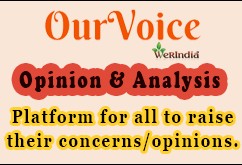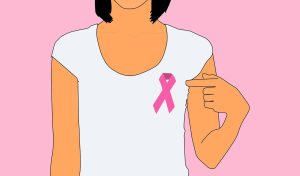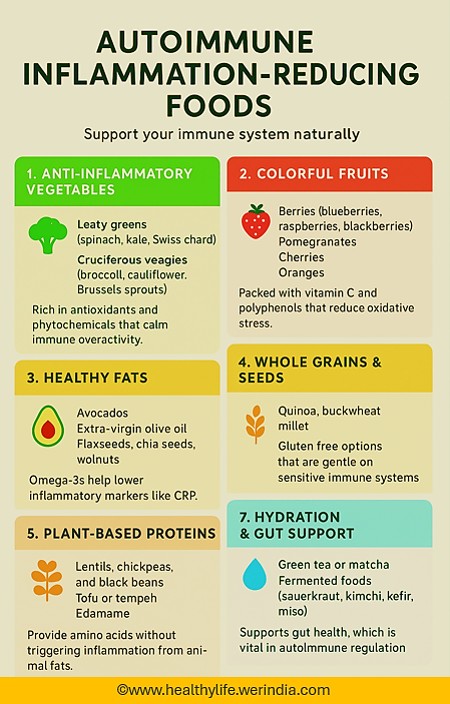
After Covid-19 China Is Experiencing Surge in HMPV Cases
China is currently experiencing a significant surge in Human Metapneumovirus (HMPV) cases, leading to concerns about a potential health crisis reminiscent of the COVID-19 pandemic. HMPV is a respiratory virus that causes upper and lower respiratory infections, particularly affecting young children, older adults, and individuals with weakened immune systems.
Reports indicate that hospitals in China are overwhelmed due to the simultaneous circulation of multiple viruses, including HMPV, Influenza A, Mycoplasma pneumoniae, and COVID-19. This situation has led to an alarming increase in sudden deaths, particularly among individuals aged 40 to 80.
The surge in HMPV cases has been accompanied by a rise in pneumonia and “white lung” cases, especially in children’s hospitals. The Chinese government has stepped up monitoring of emerging respiratory diseases to manage the situation effectively.
Given the current situation, it is advisable to stay informed about the symptoms and preventive measures related to HMPV. Common symptoms include cough, fever, nasal congestion, and shortness of breath. Preventive measures include practicing good hand hygiene, wearing masks in crowded places, and avoiding close contact with infected individuals.
While the situation is evolving, it is essential to rely on information from reputable sources and adhere to public health advisories to mitigate the spread of HMPV and other respiratory viruses.
Human metapneumovirus (HMPV) infection primarily causes respiratory symptoms, which can range from mild to severe. The symptoms are like those of other respiratory viruses, such as the flu or respiratory syncytial virus (RSV).
Common symptoms:
Mild upper respiratory symptoms:
- Cough
- Nasal congestion or runny nose
- Sore throat
- Hoarseness or loss of voice
- Sneezing
Systemic symptoms:
- Fever
- Fatigue
- Muscle aches (myalgia)
- Loss of appetite
Sever symptoms:
HMPV can cause more serious respiratory illnesses, particularly in vulnerable groups like young children, older adults, and those with weakened immune systems:
- Lower Respiratory Symptoms:
- Shortness of breath or difficulty breathing (dyspnea)
- Wheezing
- Chest pain
- Severe cough (may persist)
- Associated Conditions:
- Bronchitis
- Pneumonia
- Bronchiolitis (inflammation of the small airways in the lungs)
- Respiratory distress (in severe cases)
Groups at Risk for Severe Symptoms
- Young children, especially infants
- Older adults, particularly those with underlying conditions
- People with weakened immune systems
- Individuals with chronic lung diseases (e.g., asthma, COPD)
Treatment options:
There is no specific antiviral treatment or vaccine currently available for HMPV infection. Management focuses on supportive care to relieve symptoms and aid recovery.
1. Mild cases:
- Rest and hydration: Ensure adequate rest and drink plenty of fluids to stay hydrated.
- Over-the-counter medications:
- Fever and pain relief: Acetaminophen (Tylenol) or ibuprofen (Advil) can be used to reduce fever and relieve aches.
- Decongestants: May help alleviate nasal congestion, but avoid overuse, especially in children.
- Cough suppressants: For managing cough, consult a doctor before use in children.
2. Severe cases or high-risk individuals: Patients with severe symptoms or those in high-risk groups (e.g., young children, elderly, or immunocompromised individuals) may require:
- Oxygen therapy: To assist with breathing if oxygen levels drop.
- Hospitalization: In cases of respiratory distress, pneumonia, or severe illness.
- Mechanical ventilation: For life-threatening respiratory failure.
3. Preventive and adjunctive measures:
- Nebulized Treatments or Inhalers: For patients with wheezing or asthma-like symptoms.
- Antibiotics: Only if there is a secondary bacterial infection (e.g., bacterial pneumonia).
Home Care Tips:
- Use a humidifier to keep airways moist and reduce congestion.
- Encourage gentle nose blowing or use saline nasal sprays for children.
- Isolate the infected person to prevent the spread to others.
When to seek medical attention?
- Difficulty breathing or rapid breathing.
- Persistent high fever that does not respond to medication.
- Bluish skin, lips, or nails -a sign of low oxygen.
- Signs of dehydration (like reduced urination, dry mouth).
While most HMPV infections resolve on their own within 7–10 days, complications like pneumonia can arise in vulnerable individuals. If symptoms like persistent high fever, rapid breathing, bluish skin, or severe difficulty breathing occur, seek medical attention immediately. If you or someone you care for falls into a high-risk category, consult a healthcare provider promptly.
References:
- https://www.ndtv.com/world-news/hmpv-outbreak-in-china-symptoms-spread-and-what-you-should-know-7389007?utm_source=chatgpt.com
- https://economictimes.indiatimes.com/news/international/global-trends
- https://www.hindustantimes.com/world-news/china-battles-new-mystery-virus-outbreak-five-years-after-covid-pandemic-101735892326018.html?utm_source=chatgpt.com
- Image credit: Image by Наркологическая Клиника from Pixabay (Free to use under Pixabay content license)
Author: Sumana Rao | Posted on: January 3, 2025
« Nicotine And Non-Nicotine Vaping Negatively Impacts Vascular Health And Oxygen Level FDA Bans Red Dye No 3 From Food Products And Dietary Supplements »






















Write a comment